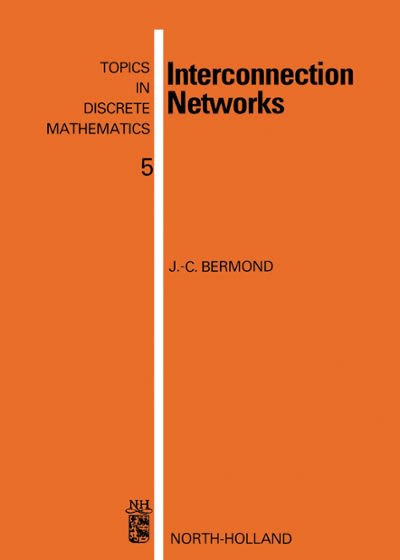Question
Carpal tunnel syndrome is a common wrist complaint resulting from a compressed nerve. In a randomized control trial, patients with carpal tunnel syndrome were divided
Carpal tunnel syndrome is a common wrist complaint resulting from a compressed nerve. In a randomized control trial, patients with carpal tunnel syndrome were divided into two groups. In group #1, 83 patients were treated with splints and evaluated one year later, and 60 of them were found to have successful treatment. In group #2, 73 subjects were treated with surgery and evaluated one year later, and 67 of them were found to have successful treatment. Use a 0.05 significance level to test the claim that people treated with splint have successful treatments less often than people treated with surgery.
Use the following steps:
Step 1. Write the Claim, Null Hypothesis, and Alternative Hypothesis in symbols.
Step 2.Identify
Step 3. Check and identify the requirements for this test.
Step 4. State the type of test (right-tail, left-tail, or two-tail test) and use the given test statistic to find the P-value (use the provided Standard Normal Distribution table, aka z-table, without rounding)
Test statistic z= -3.12
Step 5. State your decision to either reject or fail to reject the null hypothesis and why.
Step 6. Consider the claim and your decision and state the conclusion in the context of the problem.
Step 7. Considering your conclusion from part 6, does treatment with surgery seems to be more effective than treatment with splints for carpal tunnel syndrome? Why or why not?
Step by Step Solution
There are 3 Steps involved in it
Step: 1

Get Instant Access to Expert-Tailored Solutions
See step-by-step solutions with expert insights and AI powered tools for academic success
Step: 2

Step: 3

Ace Your Homework with AI
Get the answers you need in no time with our AI-driven, step-by-step assistance
Get Started


